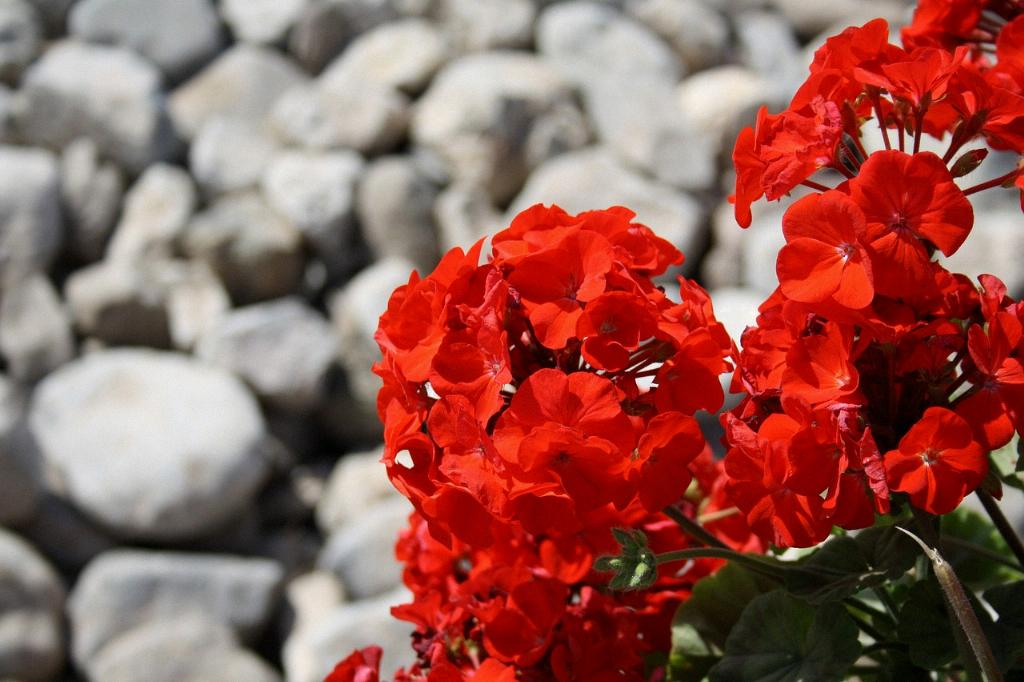When your geraniums fail to bloom, it can be frustrating, but fear not, there are several common factors that may be hindering their blooming potential. Insufficient light is often a culprit, as geraniums are sun-loving plants that crave at least 4-6 hours of direct sunlight each day. If they are not receiving adequate light, blooming may be limited. On the other hand, too much shade can also impede their flowering.
Incorrect watering practices can also be a reason why your geraniums aren’t blooming as expected. Overwatering can lead to root rot, which in turn affects their ability to produce flowers. On the contrary, underwatering can cause stress and hinder blooming. Finding the right balance is crucial to their health and blooming success.
Another important element is the nutrient balance in the soil. Geraniums require proper nutrients to support their blooming. A lack of essential minerals can result in poor flower production. Ensuring they receive a balanced fertilizer tailored to their needs can help stimulate blooming.
In some cases, disease or pest infestations can prevent geraniums from blooming. Keeping an eye out for common issues like powdery mildew, spider mites, or aphids is essential. Addressing these problems promptly can help restore your plants’ health and encourage blooming.
Improper pruning techniques can also impact the flowering of geraniums. Pruning at the wrong time or too aggressively can remove potential flower buds. Learning when and how to prune your geraniums can make a significant difference in their blooming performance.
How to Encourage Blooming in Geraniums
If your geraniums are not blooming, there are steps you can take to encourage their flowering. Providing adequate light is paramount. Make sure they receive enough sunlight each day to support healthy blooming cycles. If natural light is limited, consider supplementing with grow lights.
Proper watering techniques are crucial for geraniums to bloom abundantly. Water deeply but allow the soil to dry slightly between waterings to prevent issues like root rot. Investing in well-draining soil can help maintain optimal moisture levels.
Fertilizing your geraniums appropriately is another key factor in promoting blooming. Use a balanced fertilizer designed for flowering plants and follow the recommended application guidelines. Avoid over-fertilizing, as this can lead to excessive foliage growth at the expense of flowers.
Preventing diseases and pests is essential for ensuring your geraniums can bloom to their full potential. Regularly inspecting your plants for signs of problems and taking proactive measures can safeguard them against common issues that inhibit blooming.
Lastly, mastering the art of pruning can help optimize blooming in geraniums. Removing spent blooms, dead stems, and leggy growth can encourage new flower production and maintain the plant’s overall health. By pruning strategically, you can shape your geraniums for maximum blooms.

Conclusion
When your geraniums are not blooming as expected, it’s essential to evaluate the key factors that may be affecting their flowering potential. From light and water to nutrients and pests, various elements can impact their blooming performance. By addressing these issues and implementing proper care techniques, you can encourage your geraniums to bloom vibrantly and abundantly. Remember to provide them with the right conditions, nourishment, and care to enjoy the beauty of their colorful blooms.
